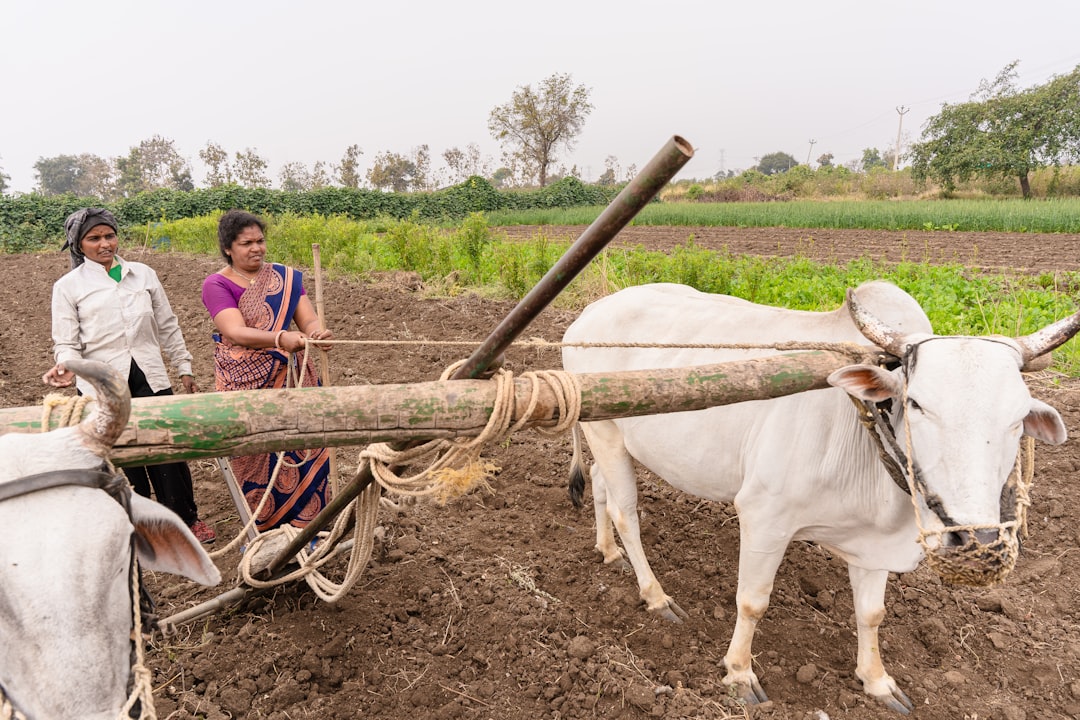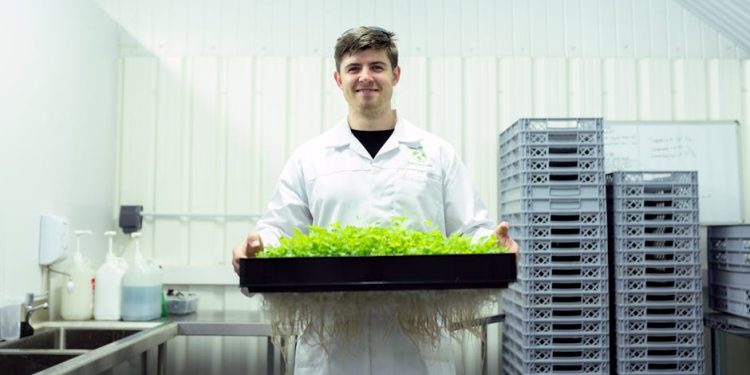No products in the cart.
Bridging Science and Agriculture: Empowering Farmers in India
Explore how innovations from research labs are transforming the lives of farmers in India, making agriculture more sustainable and productive.
Indore, India — At the recent CropLife National Conference, a palpable energy filled the air as farmers, scientists, and policymakers gathered to discuss a future where agriculture is not just a means of survival but a thriving enterprise. With the backdrop of India’s bustling agricultural heartland, the spotlight was on the pressing need to translate scientific research into tangible benefits for the farmers who toil the land.
As the sun dipped below the horizon, the stage was set for a conversation that could redefine the agricultural landscape of the country. Madhya Pradesh’s Chief Minister, Shivraj Singh Chouhan, opened the conference with a stirring call to action: “We need to ensure that every innovation in our research labs finds its way into the hands of our farmers.” His words resonated deeply, reflecting a commitment to bridge the gap between science and the soil.

The conference highlighted the challenges that Indian farmers face: erratic weather patterns, increasing pest resistance, and the ever-looming threat of climate change. These issues are not just statistics; they represent the livelihoods and futures of millions. Yet, amidst these challenges, a wave of optimism was palpable, fueled by emerging technologies and innovative practices.
For instance, the introduction of genetically modified (GM) crops has been a game changer. Farmers like Ramesh Patel, who cultivates cotton in the heart of Madhya Pradesh, shared his firsthand experience. “Last year, I switched to GM cotton seeds. My yield increased by nearly 30%. It’s the difference between feeding my family and going hungry,” he said, his eyes gleaming with hope.
These issues are not just statistics; they represent the livelihoods and futures of millions.
But the path to innovation isn’t without its bumps. The debate over GM crops remains contentious. Critics argue that such technologies could lead to dependency on corporate seed suppliers. However, proponents counter that when managed correctly, these innovations can empower farmers by increasing productivity and resilience against climate challenges.
Moreover, the conference underscored the importance of sustainable practices. Speakers emphasized that while technology is critical, it must align with ecological principles. “We cannot afford to sacrifice our environment in the name of progress,” stated Dr. Aditi Sharma, a prominent agricultural scientist. “Our research must prioritize sustainability, ensuring that we leave a thriving planet for future generations.”
This call for balance is particularly resonant in the wake of India’s commitment to the United Nations Sustainable Development Goals. The intersection of technology and sustainability is where many believe the future of agriculture lies. Initiatives like precision farming, which uses data analytics to optimize field-level management, are already showing promise. Farmers equipped with smartphones can access real-time weather data and market prices, allowing them to make informed decisions.
The importance of education in this equation cannot be overstated. The conference highlighted various programs aimed at upskilling farmers. Workshops and training sessions are being organized to teach farmers about modern agricultural techniques, data usage, and sustainable farming practices. For many, this knowledge is as valuable as the seeds they plant. “It’s not just about the crop; it’s about cultivating a new mindset,” said Chouhan, emphasizing the need for a cultural shift in how agriculture is approached.
As the night wore on and discussions continued, the conversation turned to the role of government and policy in fostering innovation. The Indian government has been investing heavily in agricultural research, but many believe that more can be done. Policies that incentivize sustainable practices and support smallholder farmers will be crucial in achieving a more equitable agricultural landscape.
Looking ahead, the challenge remains: How can India’s agricultural sector adapt to a rapidly changing world? The answers may lie in the very innovations being discussed at the conference. There is an urgent need for collaboration between scientists, farmers, and policymakers to create an ecosystem where research translates into real-world solutions.
This call for balance is particularly resonant in the wake of India’s commitment to the United Nations Sustainable Development Goals.
In this dynamic landscape, the role of the youth cannot be overlooked. Young entrepreneurs are increasingly stepping into the agricultural space, bringing fresh ideas and technologies that could revolutionize the sector. From drone technology for crop monitoring to apps that connect farmers directly to consumers, the potential for innovation is boundless.
As the conference drew to a close, there was a shared sense of determination among attendees. This was not just a gathering of minds; it was a movement poised to empower the very backbone of India’s economy. The road ahead may be fraught with challenges, but the commitment to ensuring that research benefits every farmer is a promise that echoes in the fields of India. The future is bright, and with every innovation, a new chapter in agriculture is being written.











